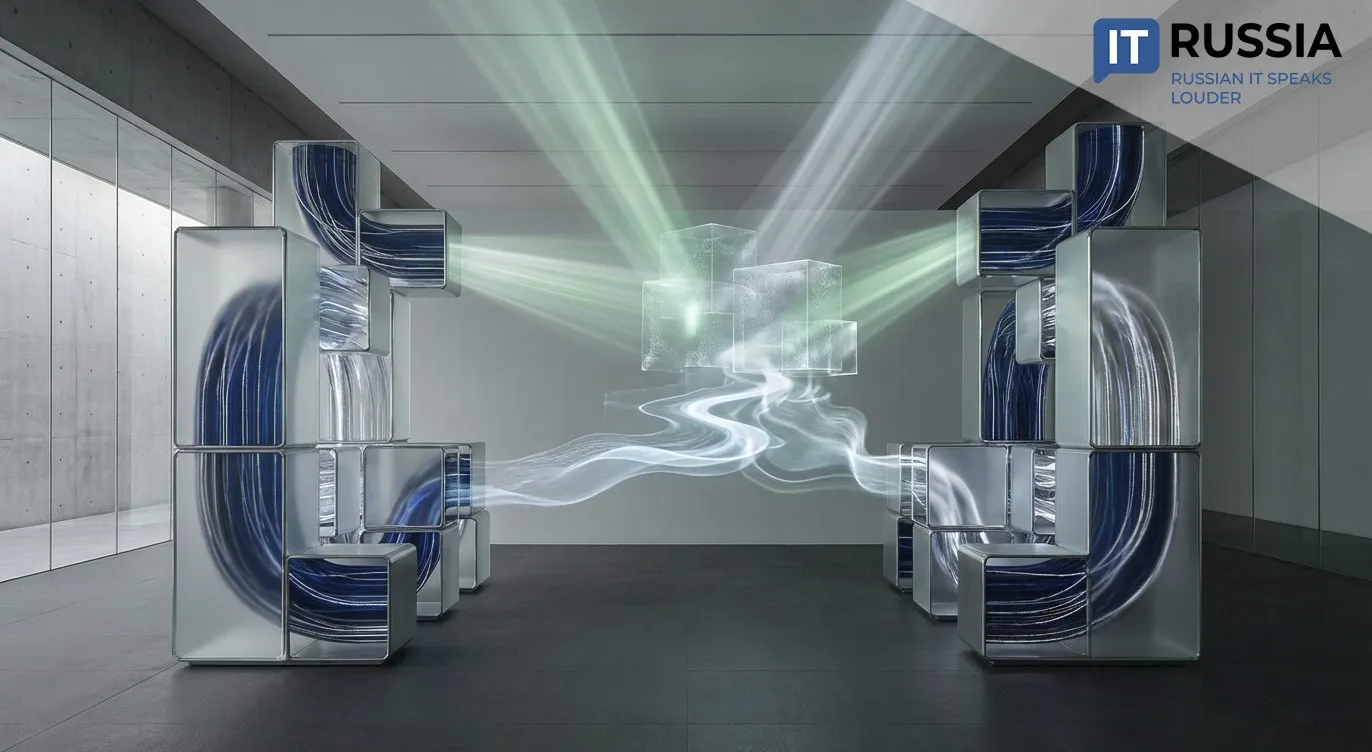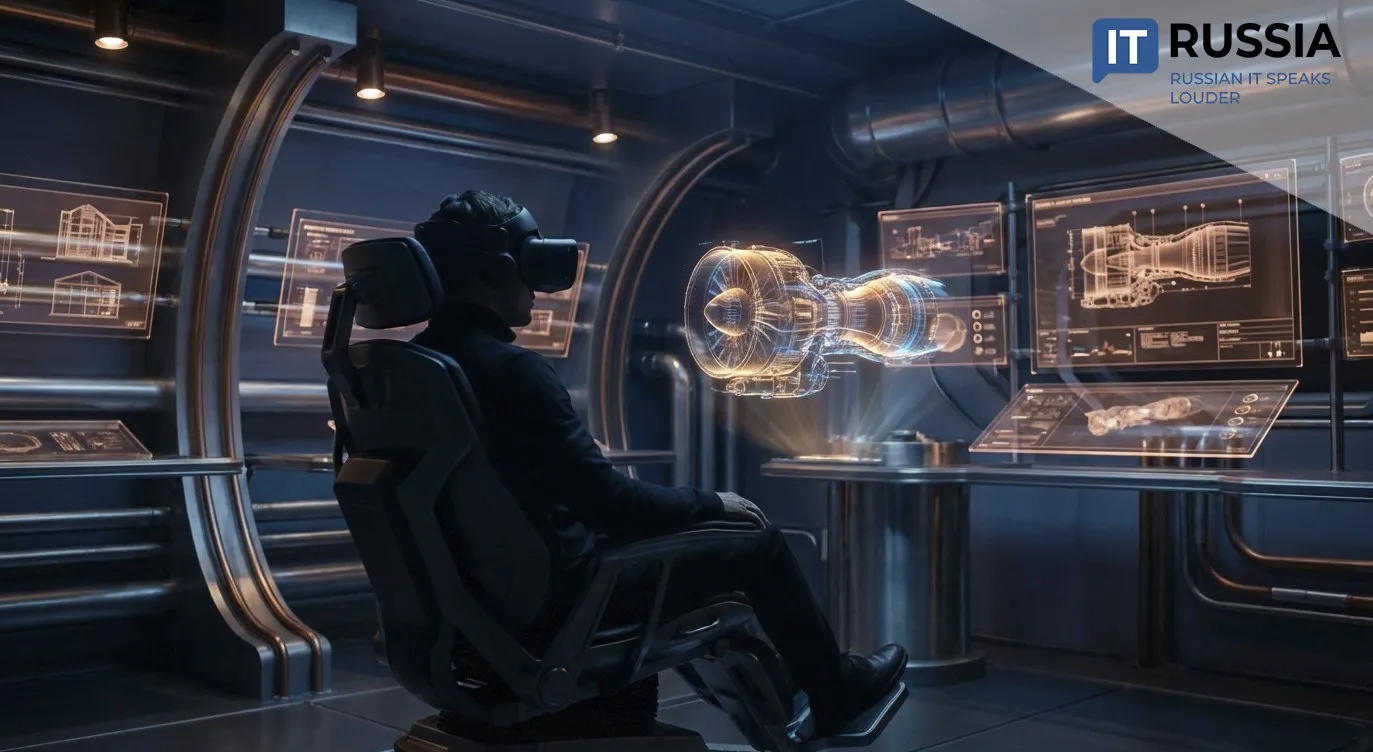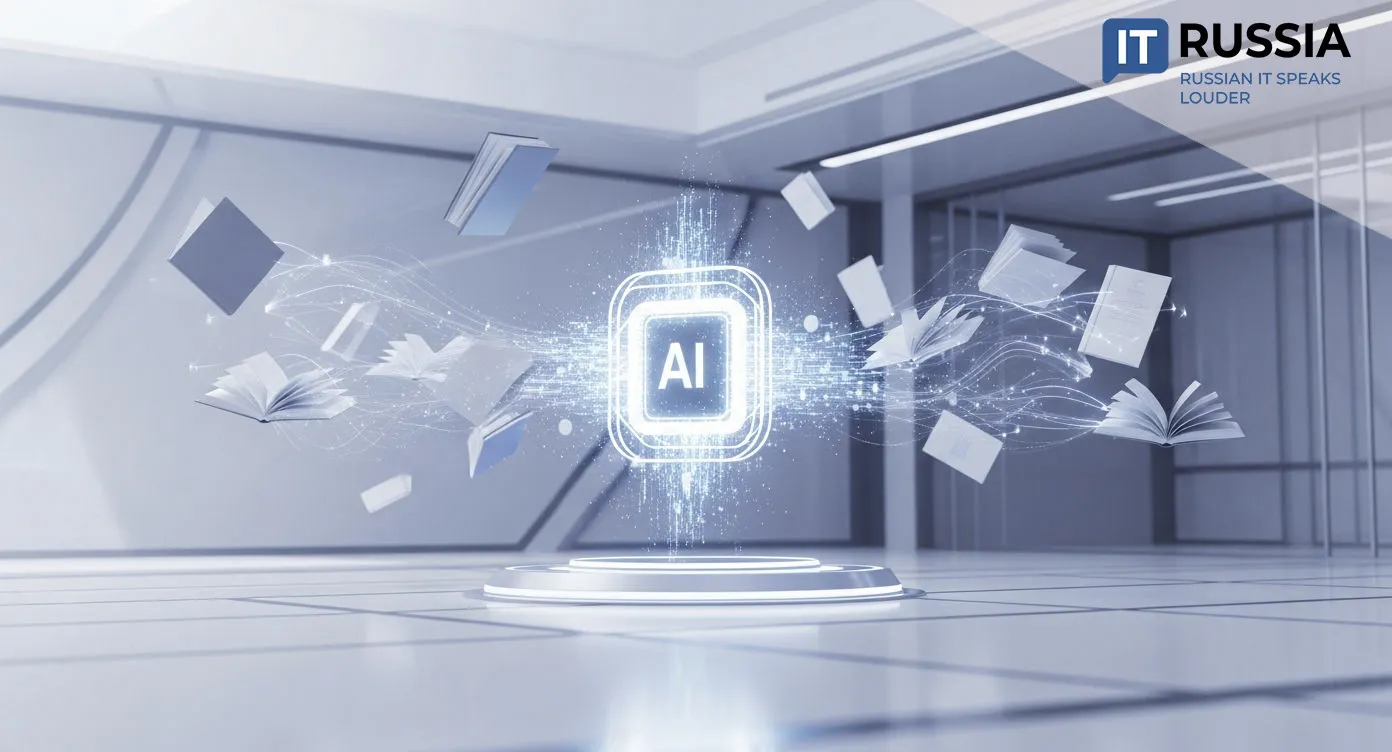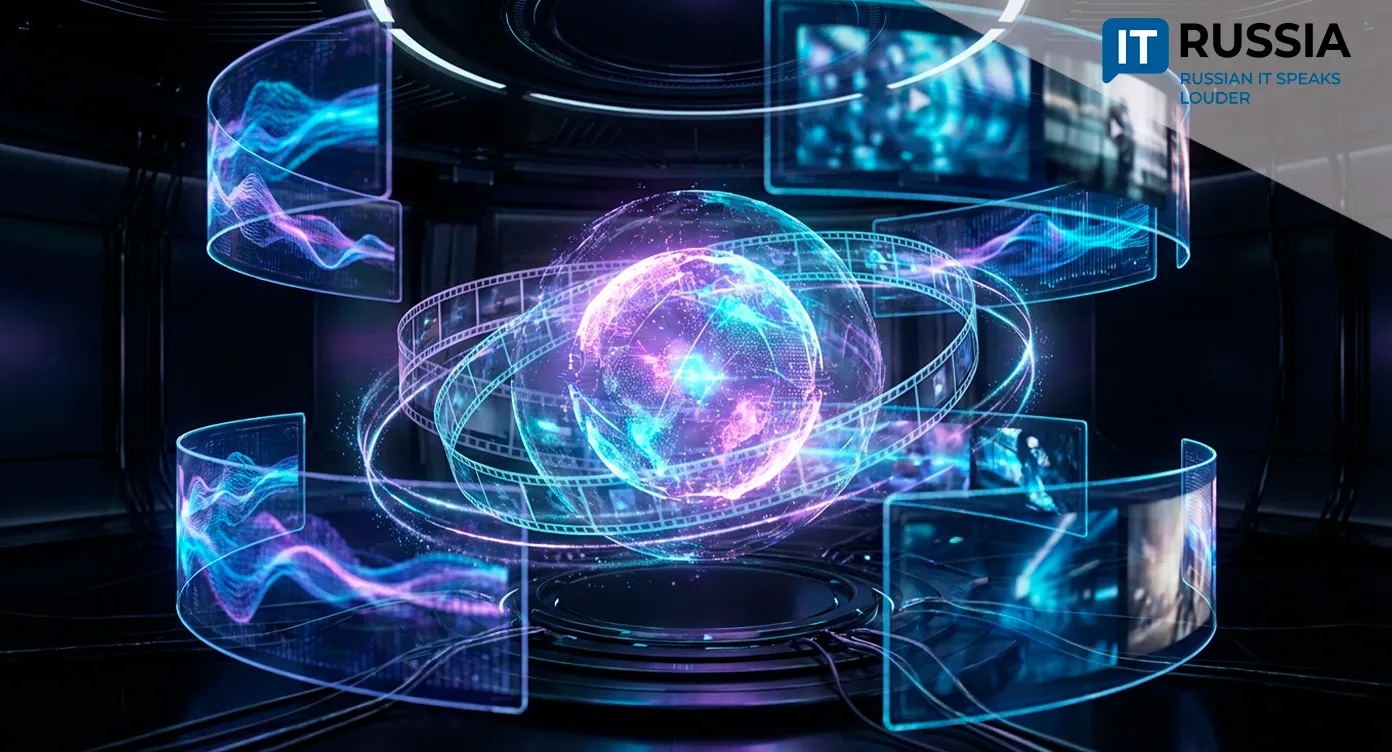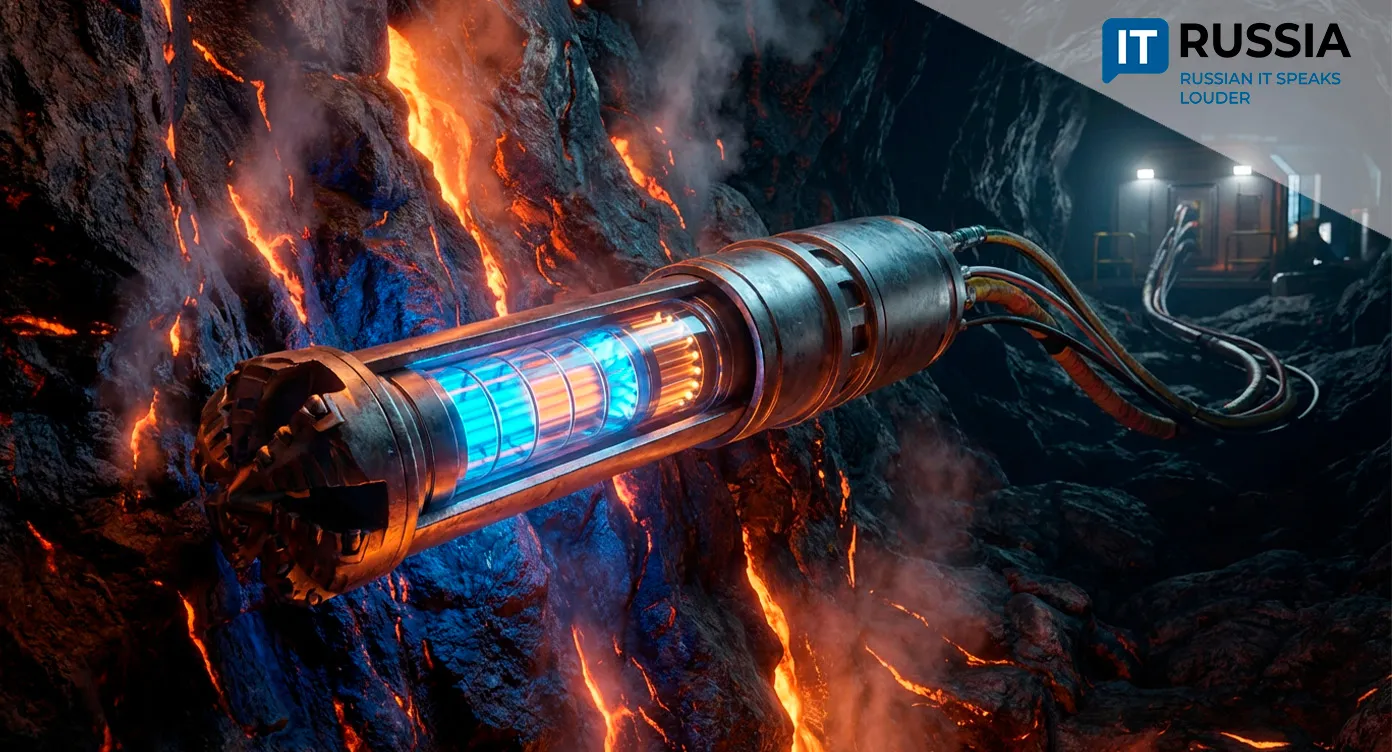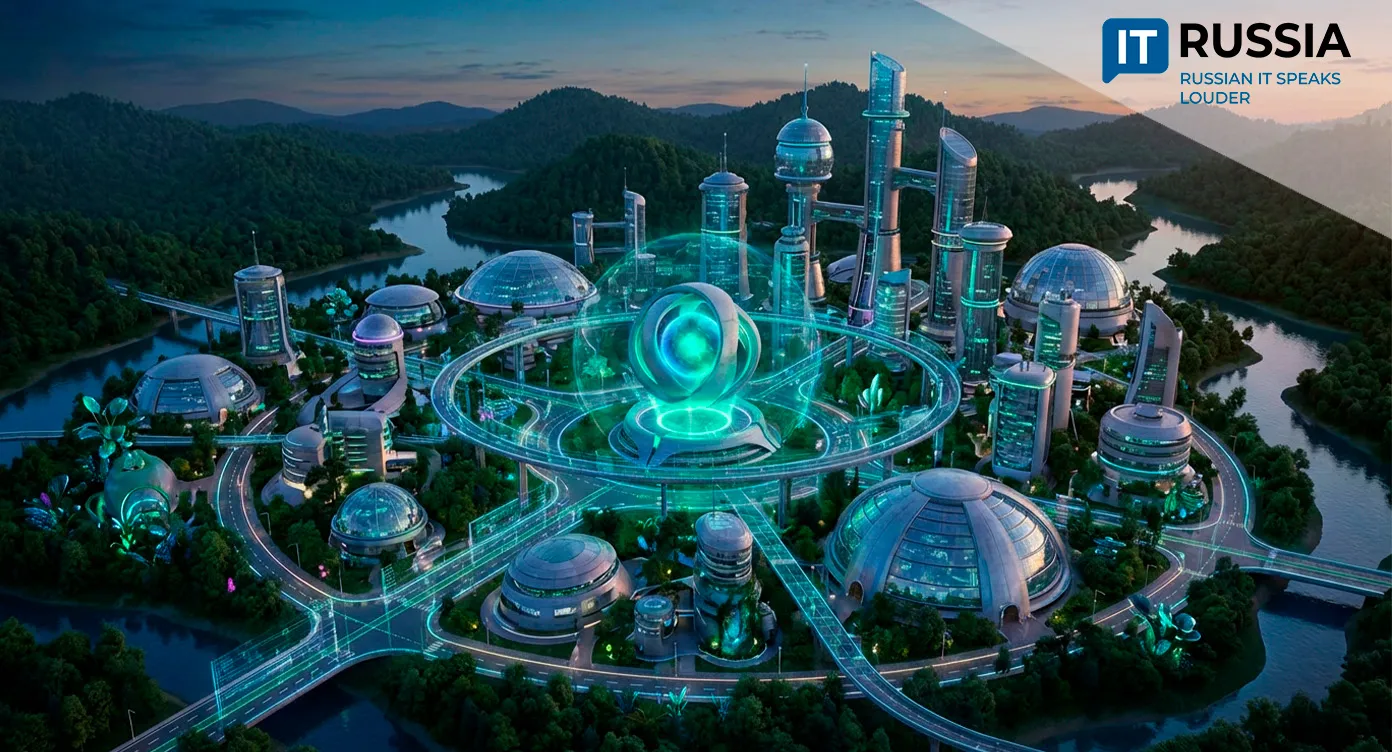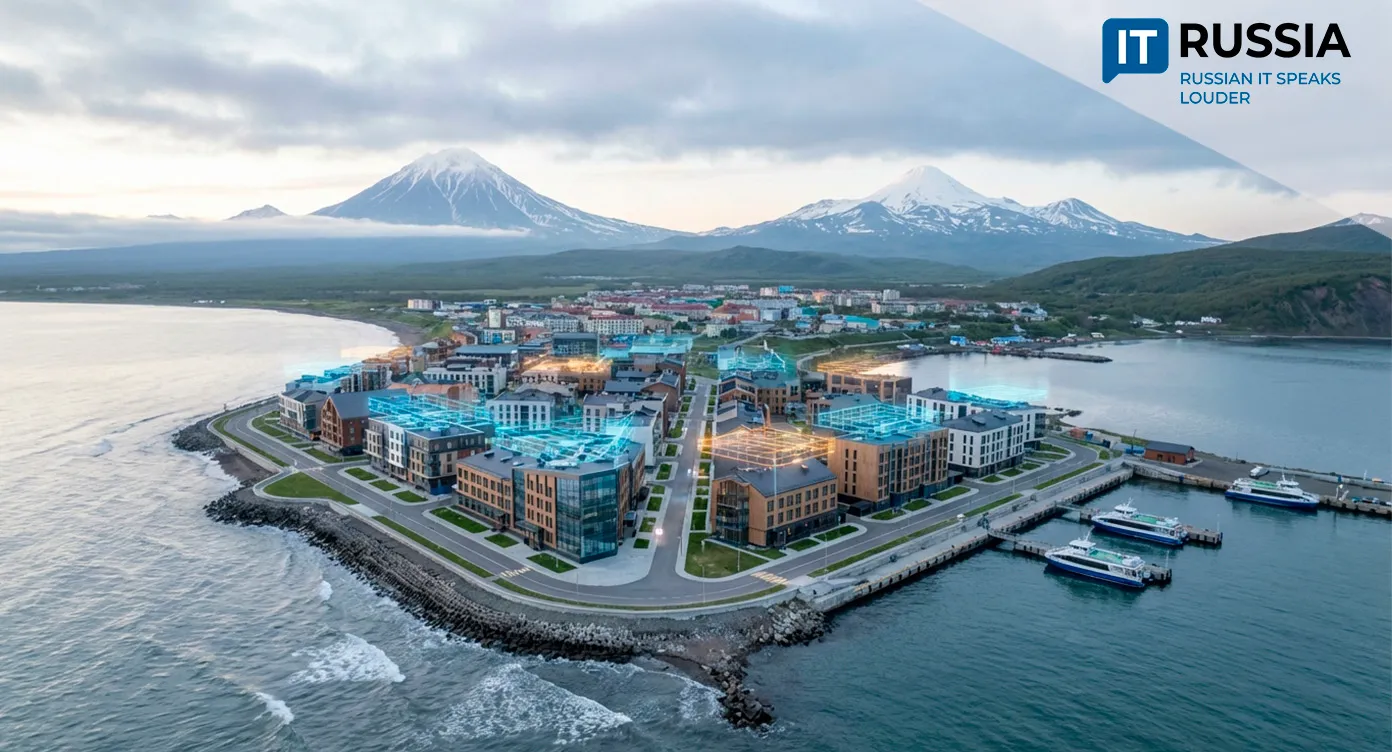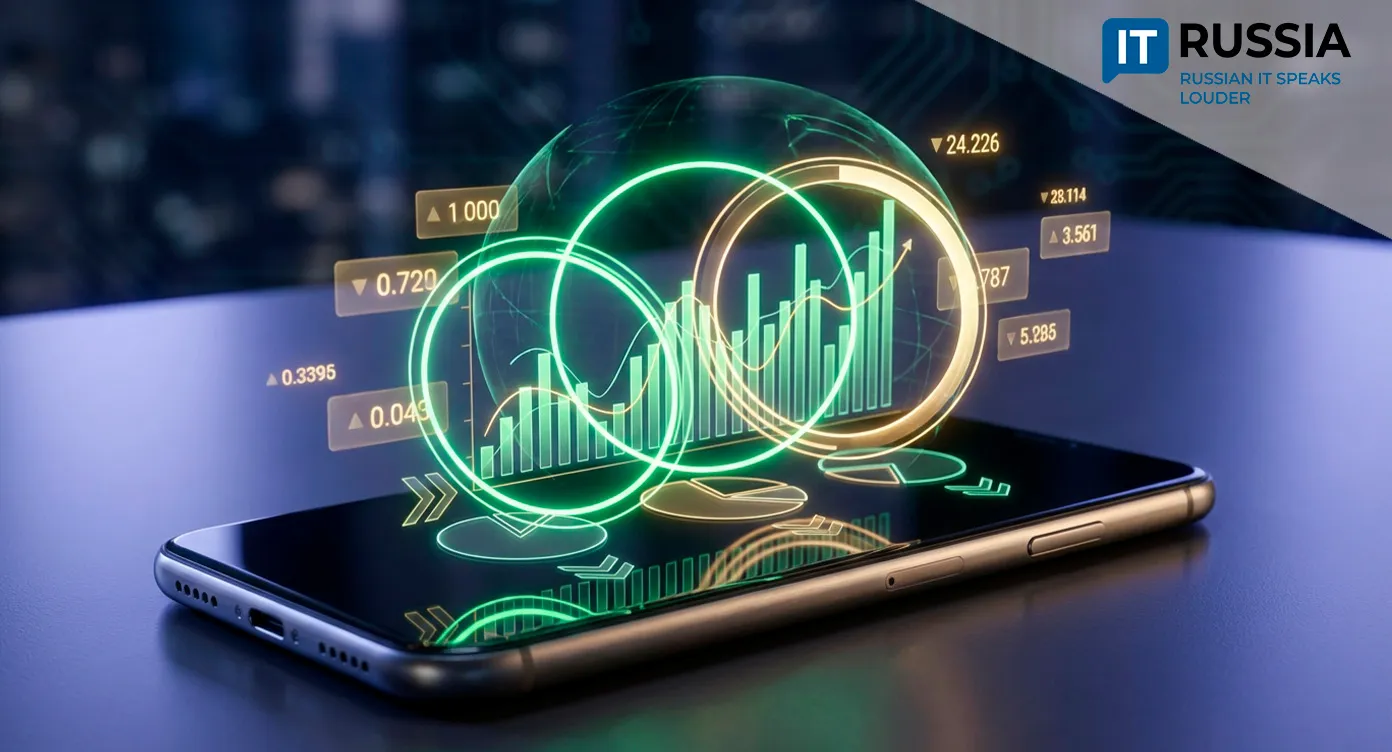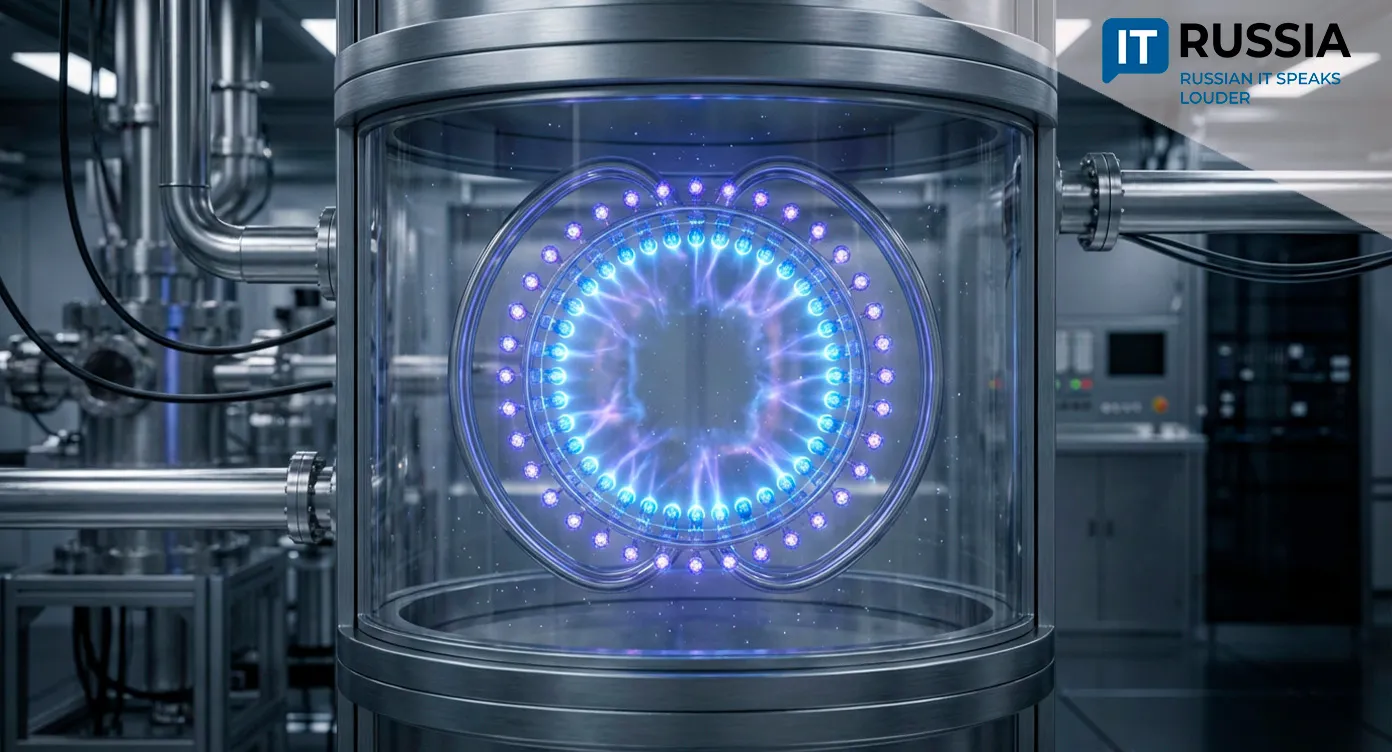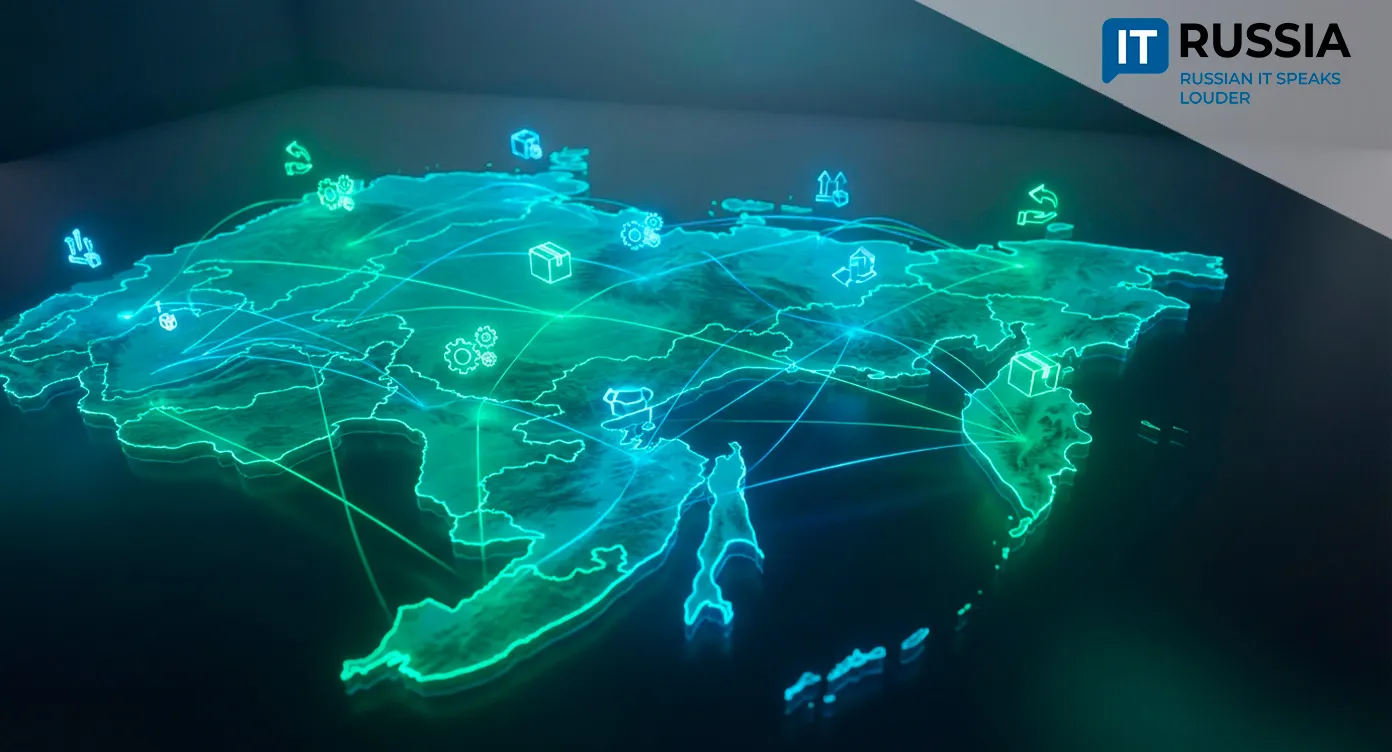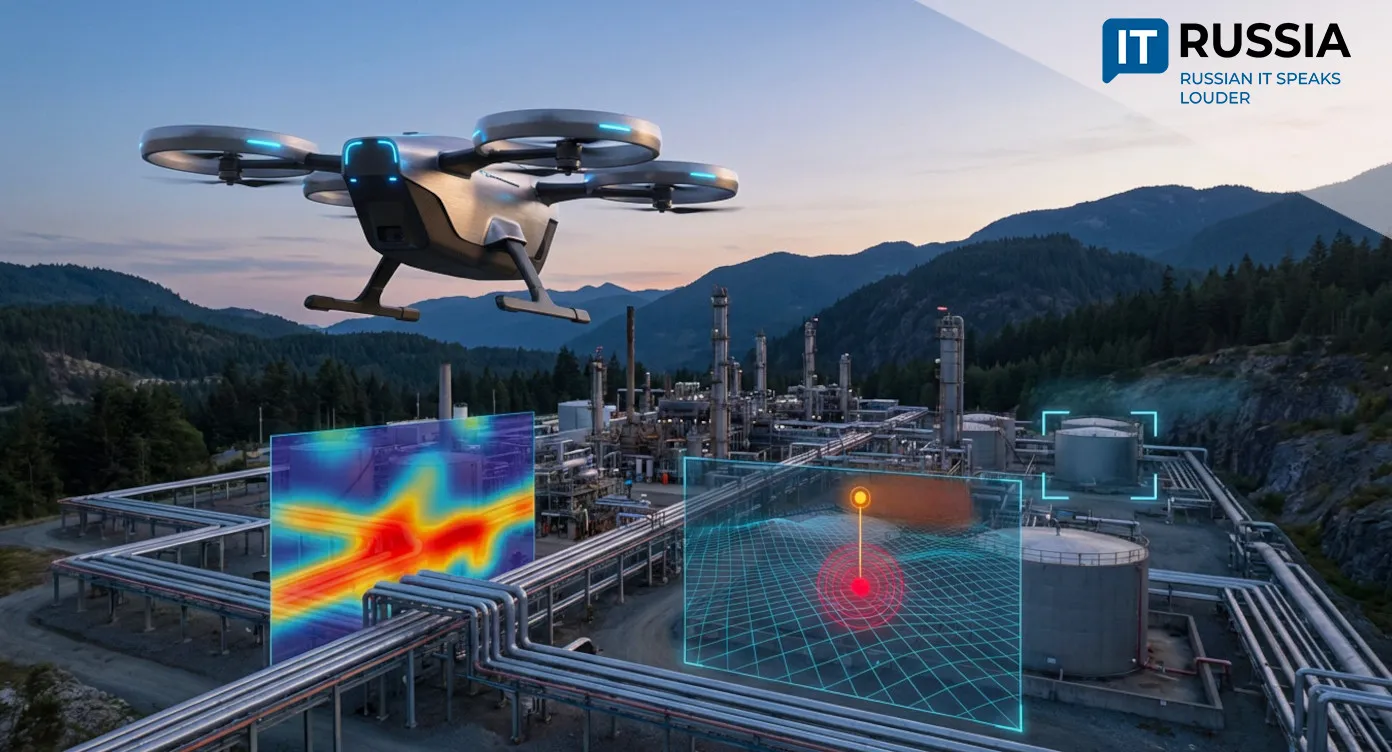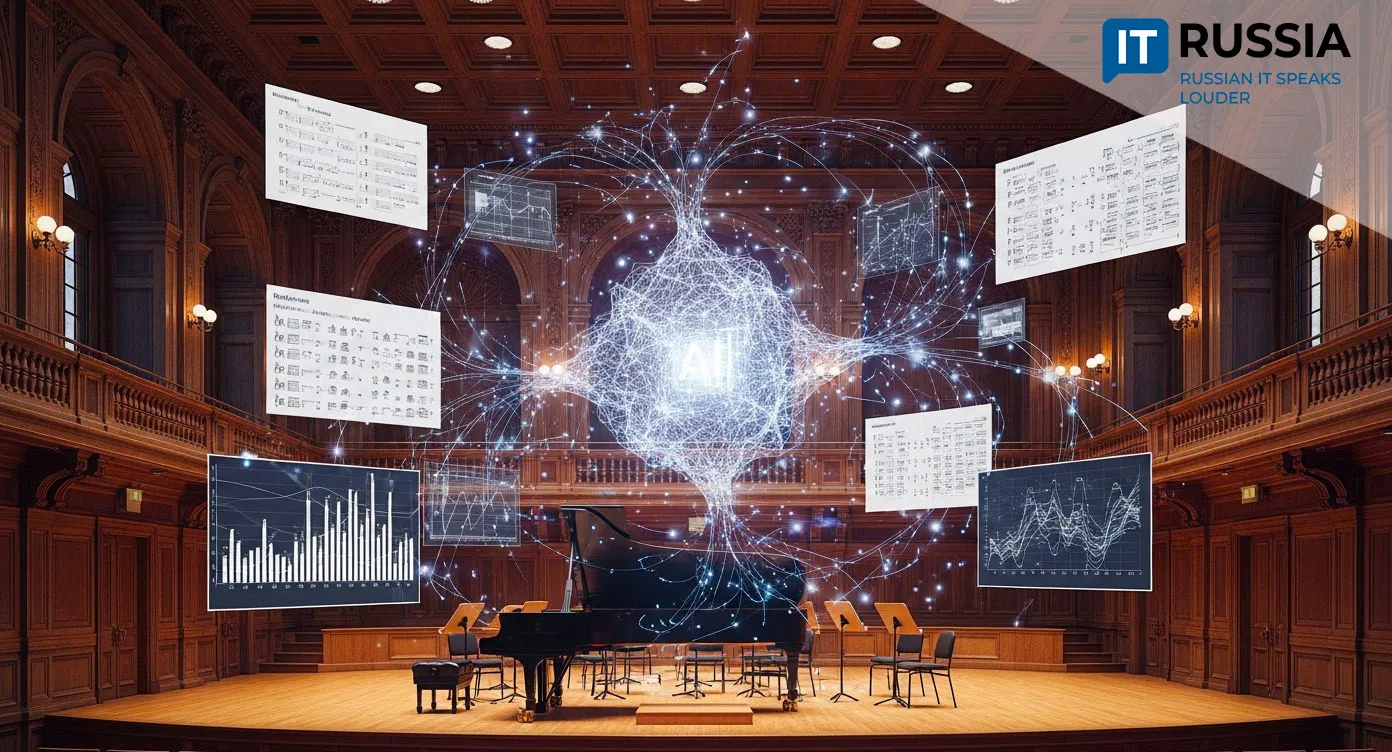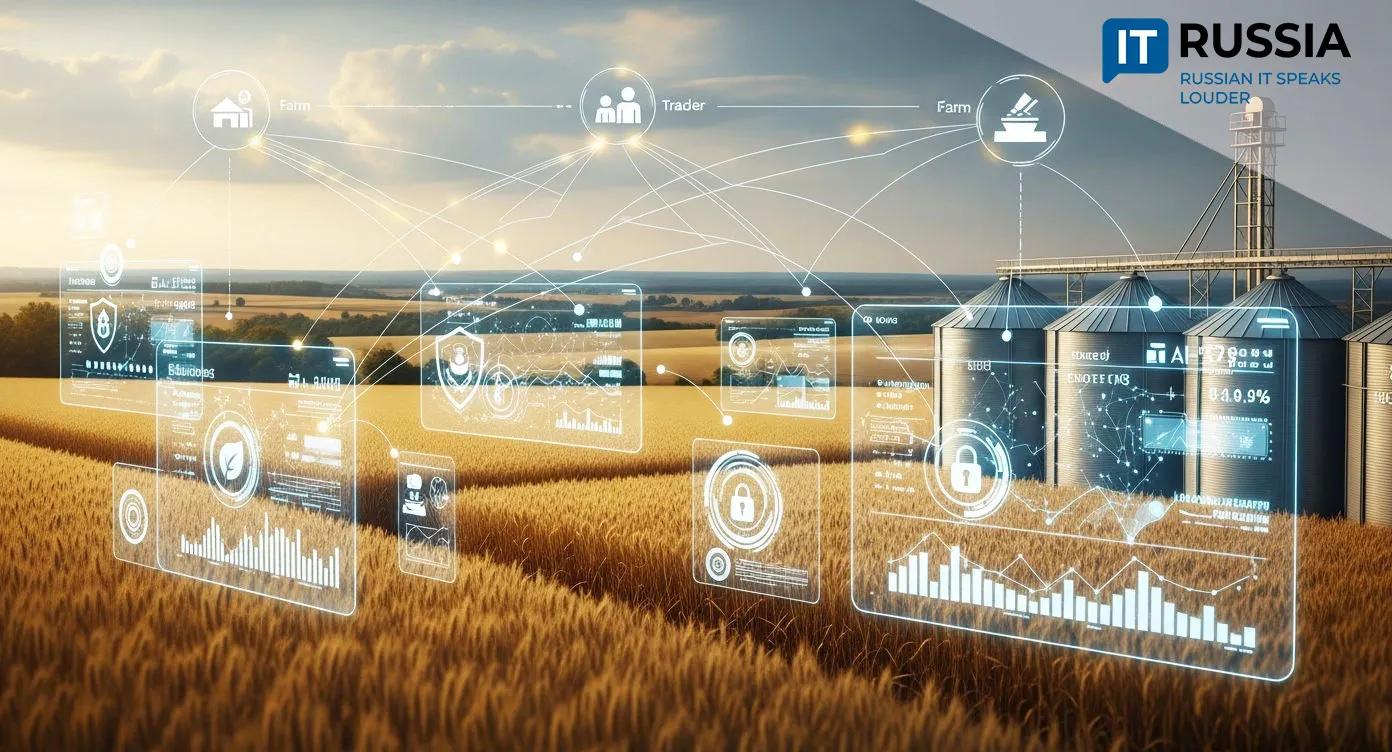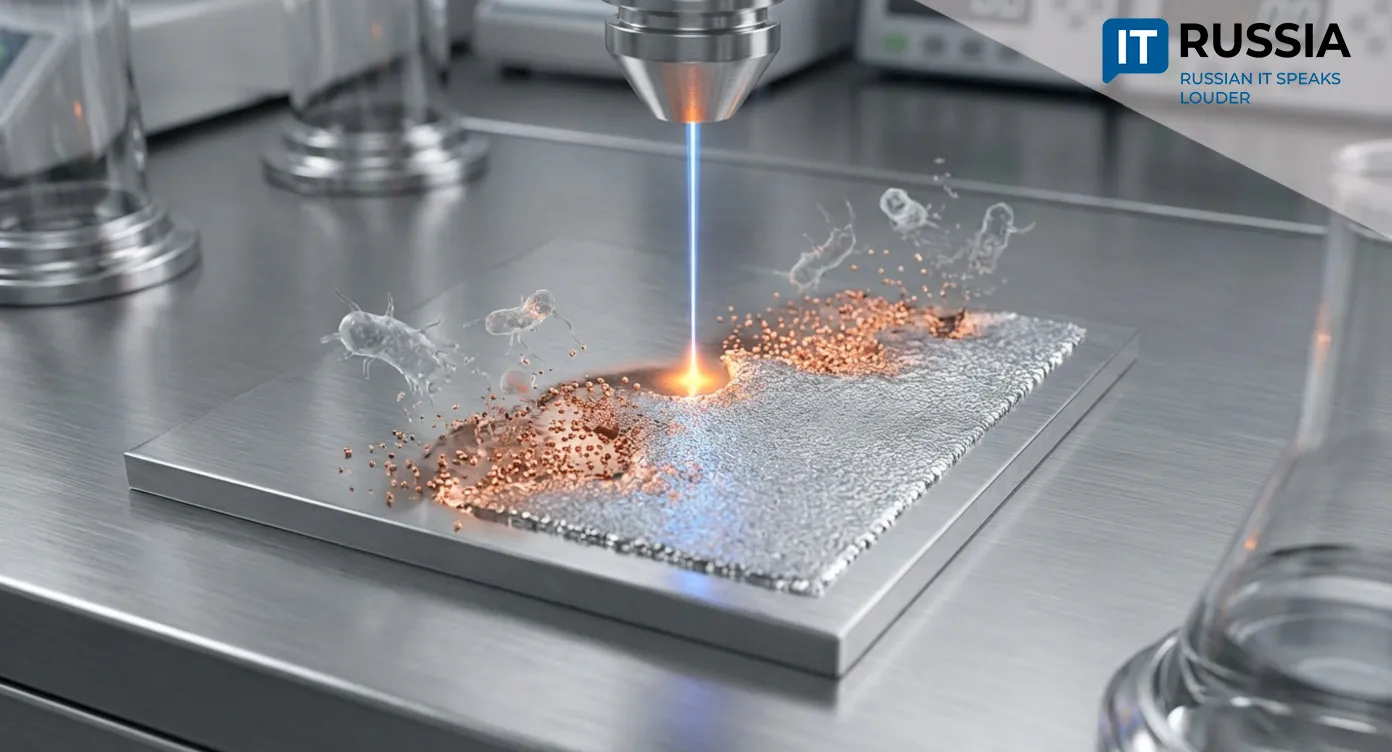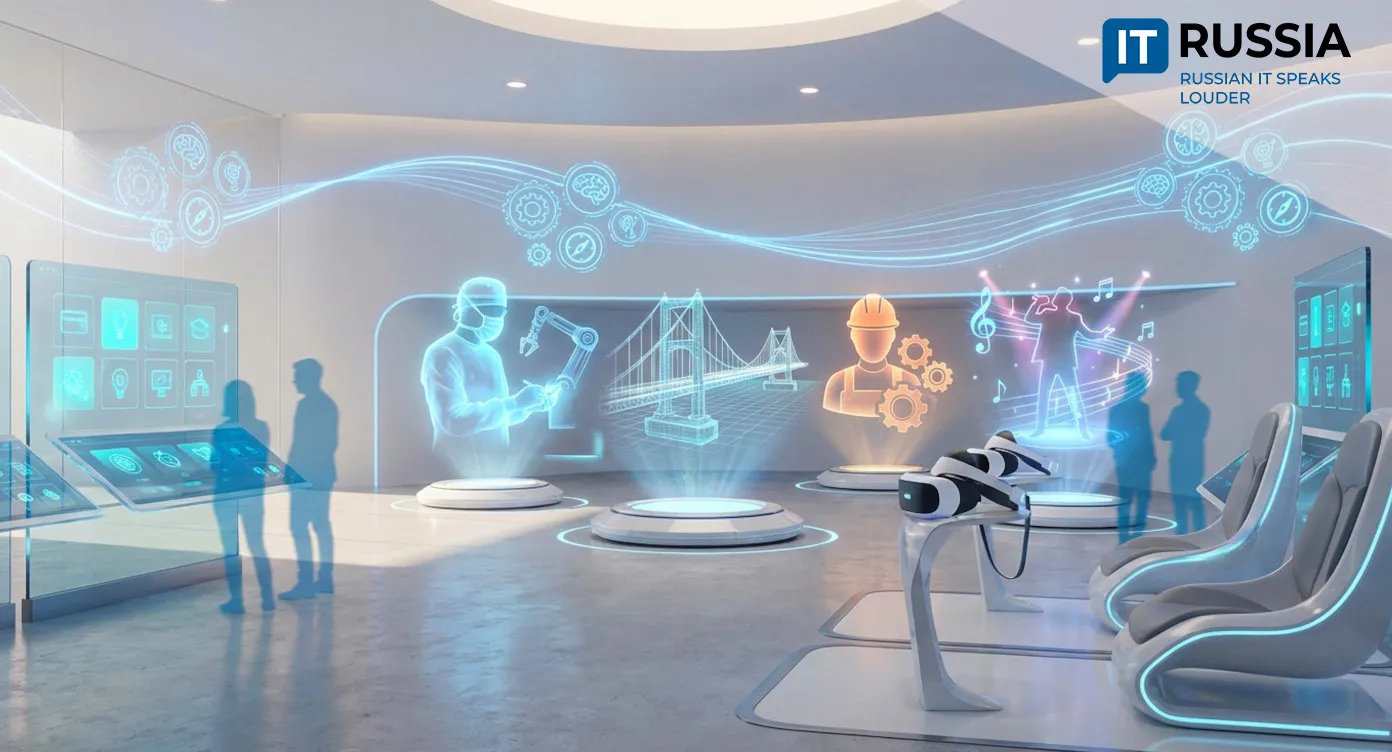Russian Scientists Pioneer Metal-from-Gas 3D Printing for Space, Microchips, and Implants
A team of researchers from Novosibirsk has developed a breakthrough metal 3D printing technology that deposits vaporized metal with laser precision. This innovation represents not just another printer, but a new path toward technological sovereignty in some of Russia’s most advanced industries.
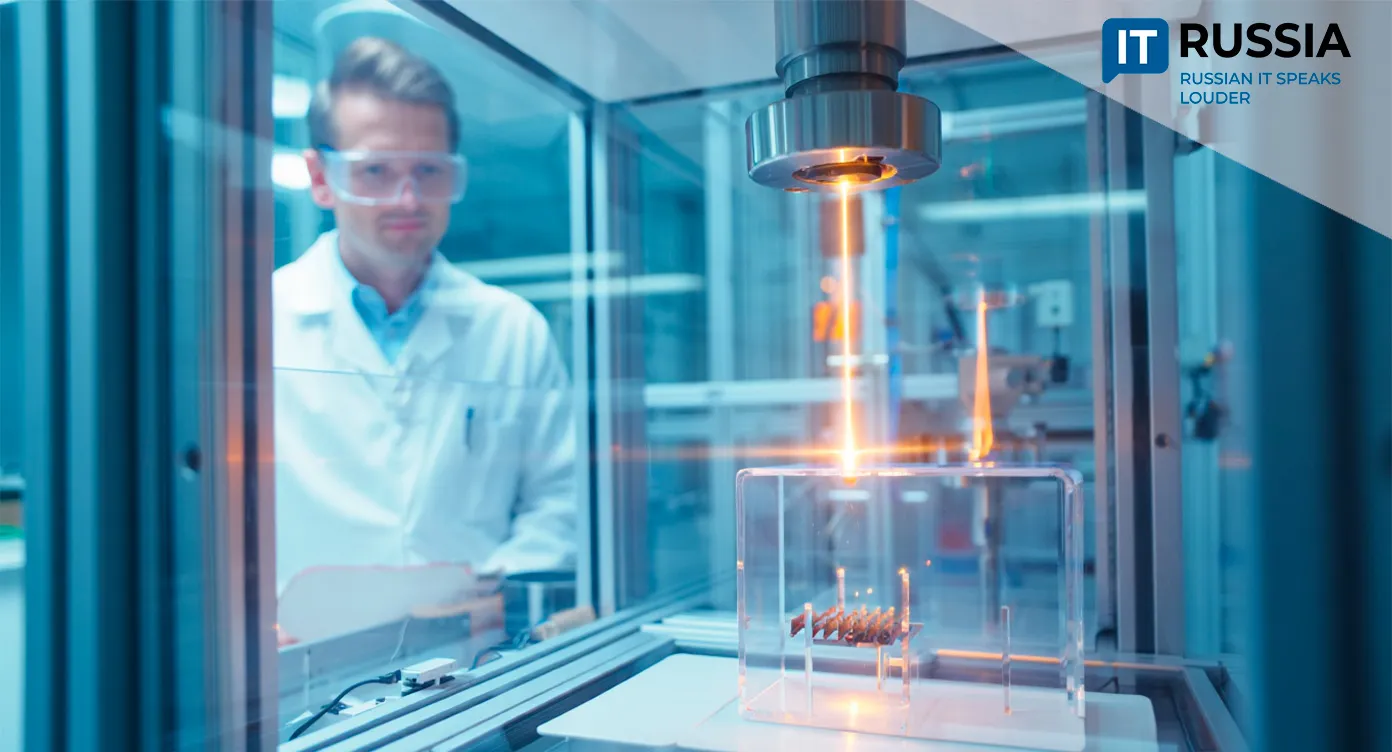
From Gas to Microscopic Precision
Traditional metal 3D printing relies on powders — tiny metal grains that are melted by a laser or electron beam to form an object layer by layer. But this method has inherent limitations: granularity, high powder costs, and challenges in fabricating microscopic structures.
Scientists at the Kutateladze Institute of Thermophysics, Siberian Branch of the Russian Academy of Sciences, have proposed a radically different approach: vaporizing the metal first, and then using a laser to deposit it directly onto the desired surface as a solid layer. This technique enables work with refractory metals and allows structures to be built with micrometer-level accuracy — far beyond the capabilities of powder-based methods.
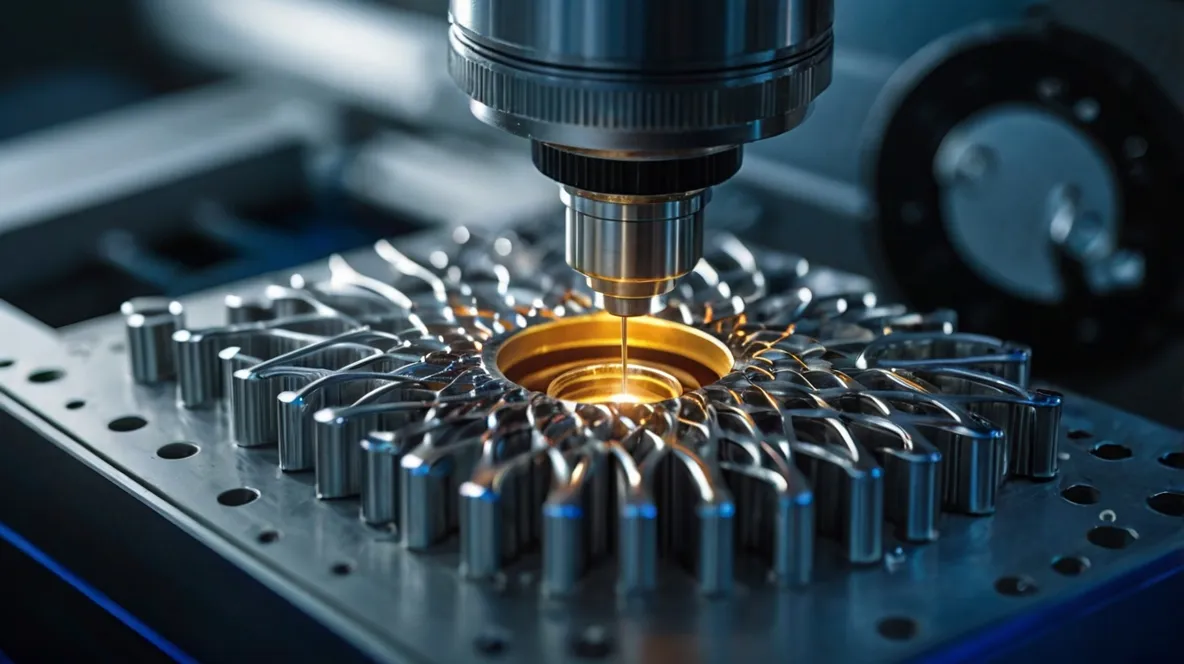
In laboratory trials, the team successfully produced copper samples. Next in line are tungsten, molybdenum, and tantalum — materials essential to microelectronics and space applications.
Why It Matters for Russia
Additive manufacturing is no longer a luxury — it’s a strategic necessity, particularly amid technological restrictions and the growing demand for domestic high-tech products. Russia has been building momentum: in recent years, Rosatom has established national additive manufacturing centers, UZGA has deployed large-format printers, and Russian-made 3D printers are now being exported to India and Belarus.
The Novosibirsk method represents a leap forward. It doesn’t just replicate foreign designs — it introduces a globally competitive, homegrown solution. Both Roscosmos and Rosatom have expressed support for the project, recognizing its potential for industries where precision, reliability, and independence from imports are vital.
Applications Across Industries
The potential applications of gas-phase metal printing are vast. In microelectronics, it could revolutionize the production of microcontacts, conductive elements, and heat sinks for next-generation chips.

In medicine, it can create biocompatible implants with complex porous surfaces that promote tissue integration. In aerospace, it promises lightweight, heat-resistant turbine and engine components capable of operating in extreme conditions. For ordinary citizens, that means more reliable and affordable medical implants, more efficient consumer technology, and a stronger national technological base.
From Prototype to Production
The project is currently at the prototype stage. Before full-scale deployment, researchers must increase laser power, stabilize the process, and certify finished parts. Yet the initiative has already received backing from the ‘A:Start’ acceleration program at the Academpark Technopark, indicating strong commercial potential.
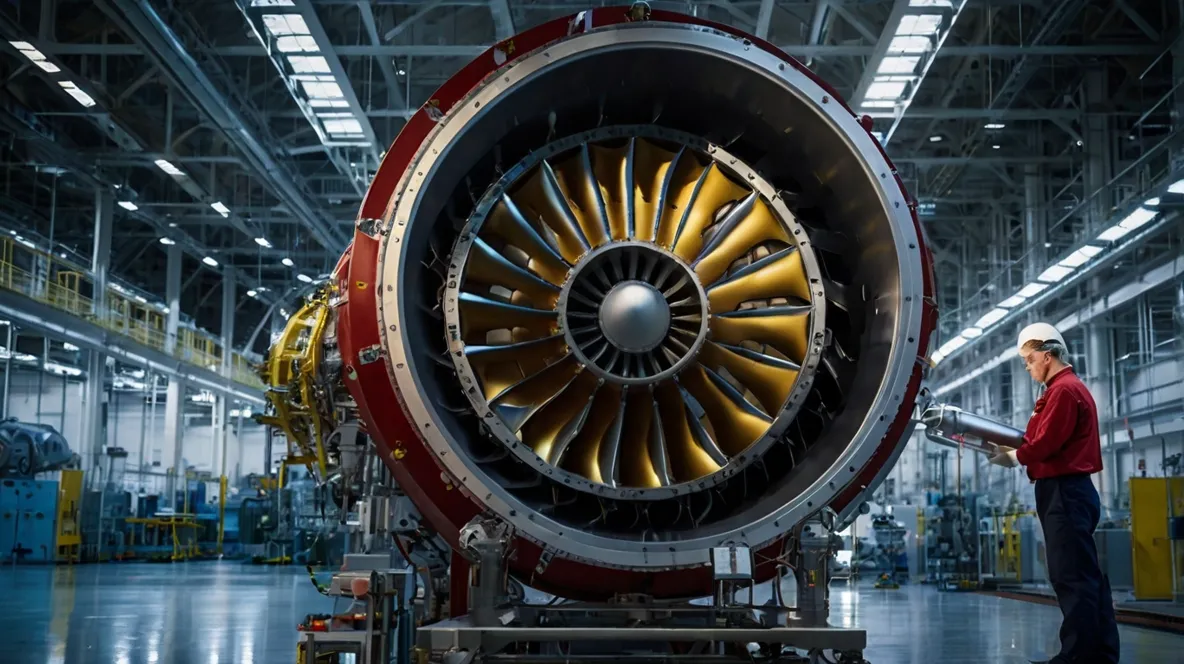
Experts predict the first functional printer will be built within the next two to four years, with large-scale industrial adoption expected in five to seven years. The Russian development could compete with — and possibly outperform — its global counterparts, even becoming an export-ready product.
Sovereignty Through Precision
In an era of global technological fragmentation, projects like gas-phase 3D printing are building blocks of national sovereignty. They go beyond import substitution — they define new directions for technological innovation, positioning Russia as a creator of cutting-edge solutions rather than a consumer.





